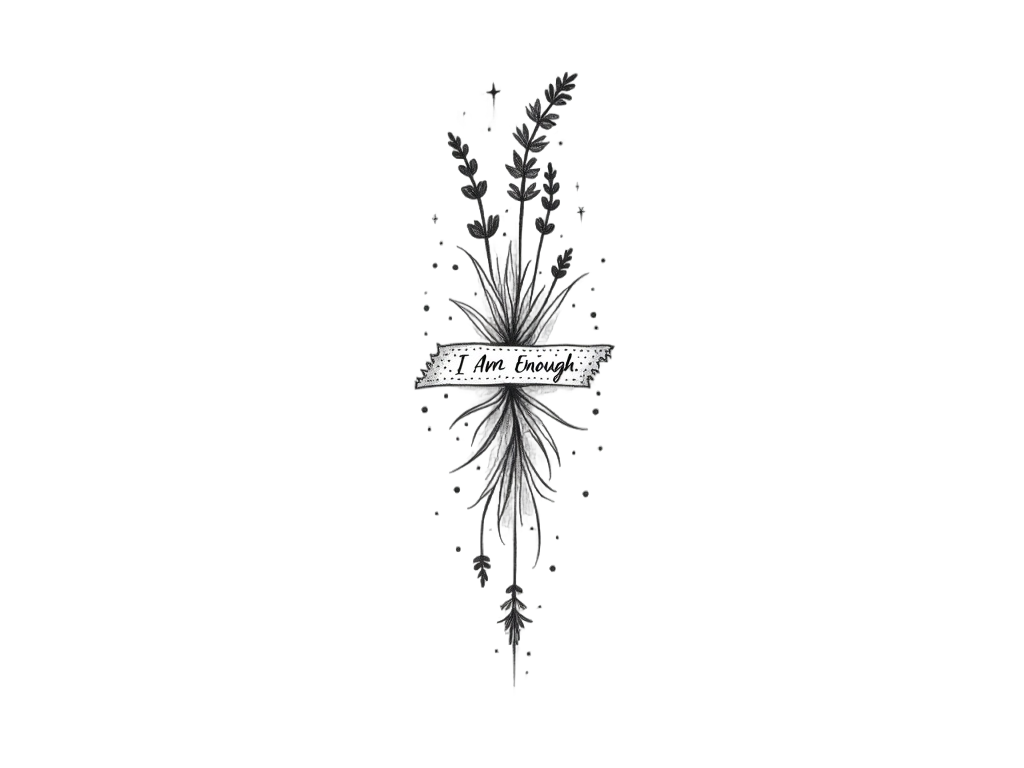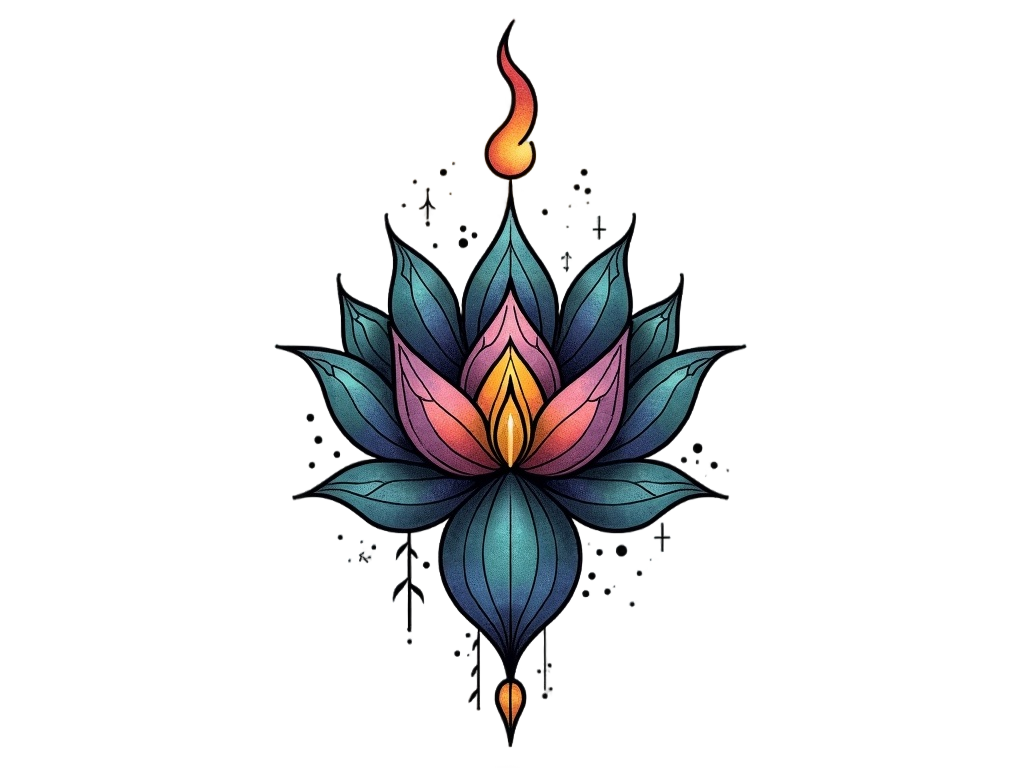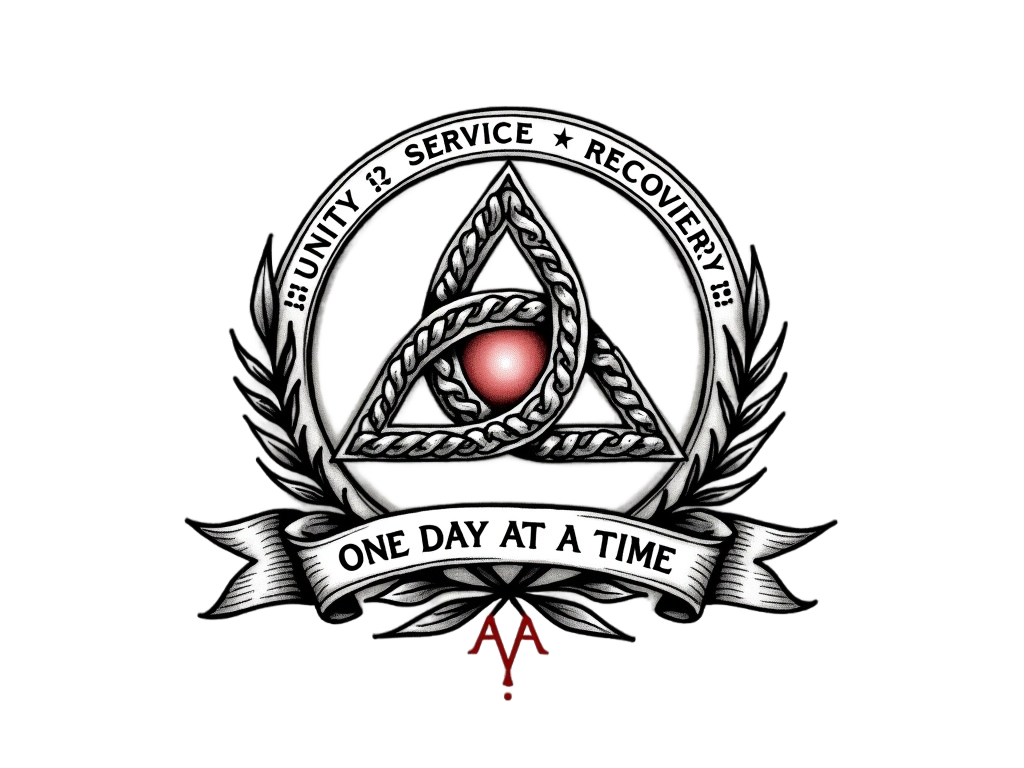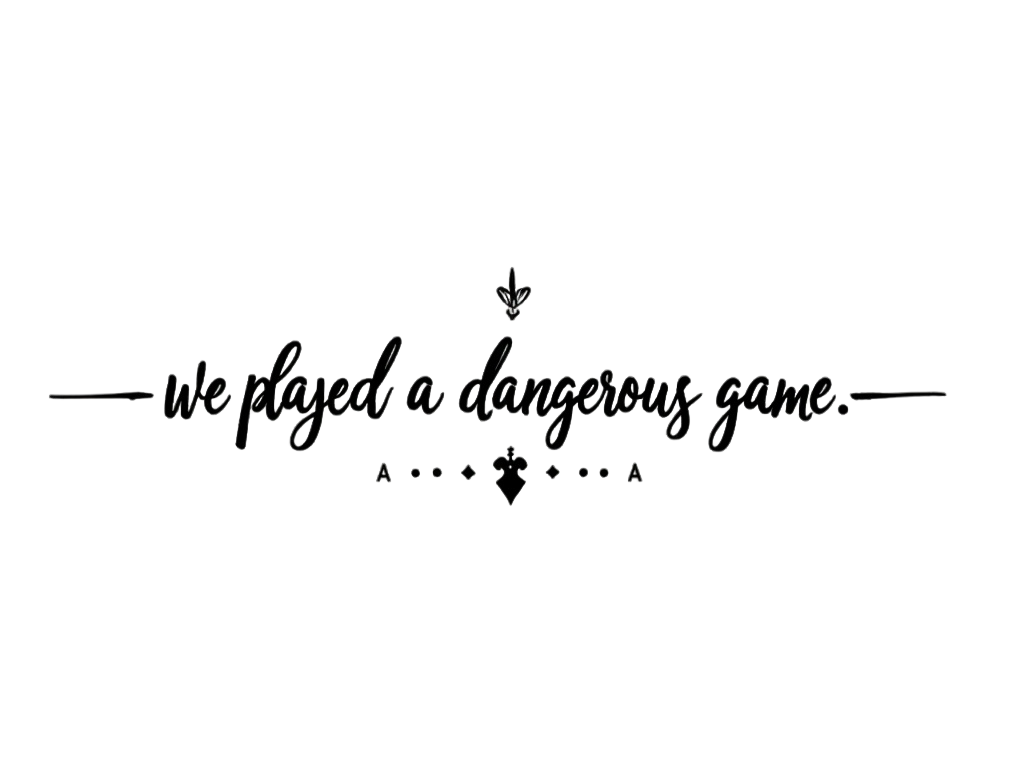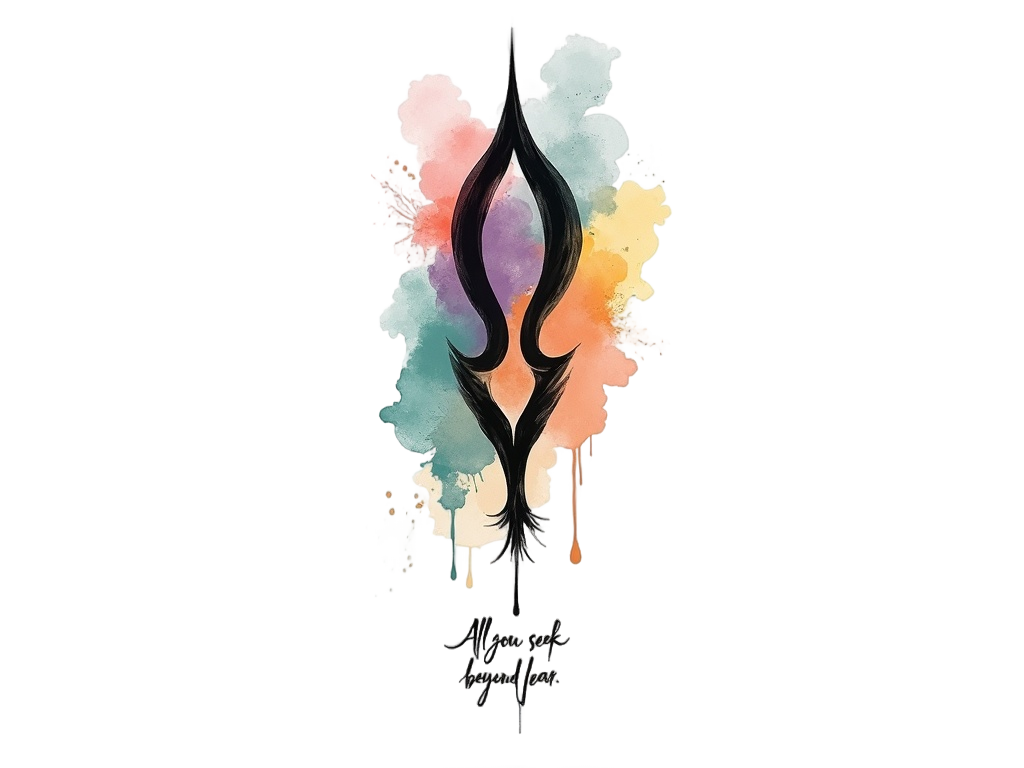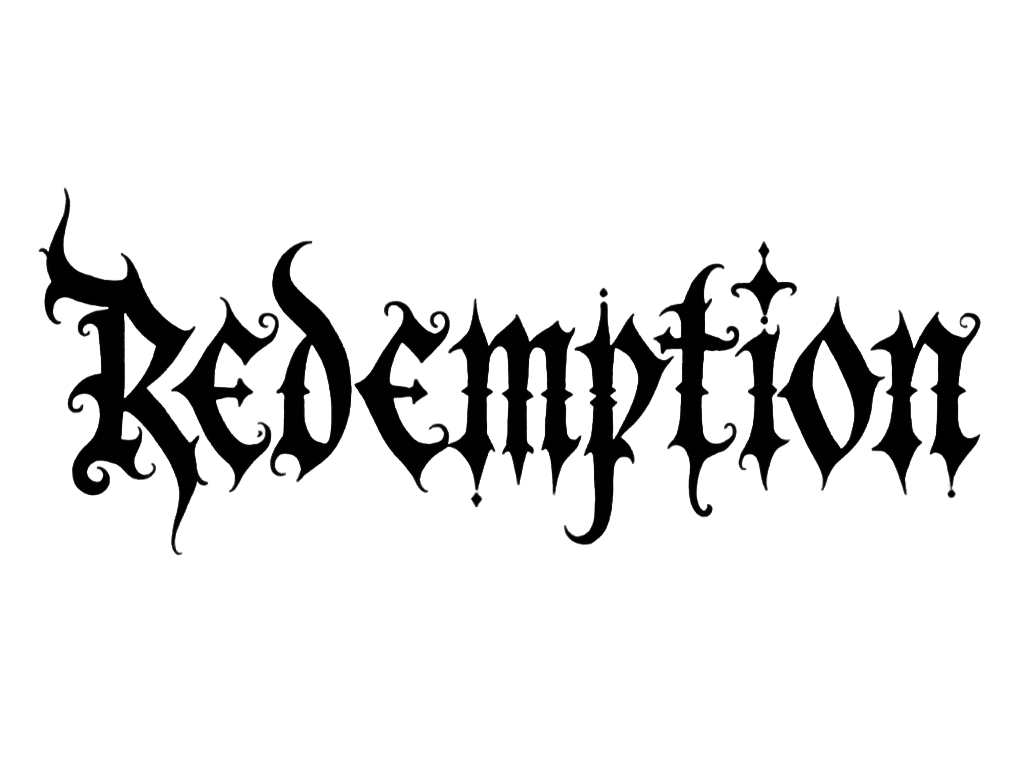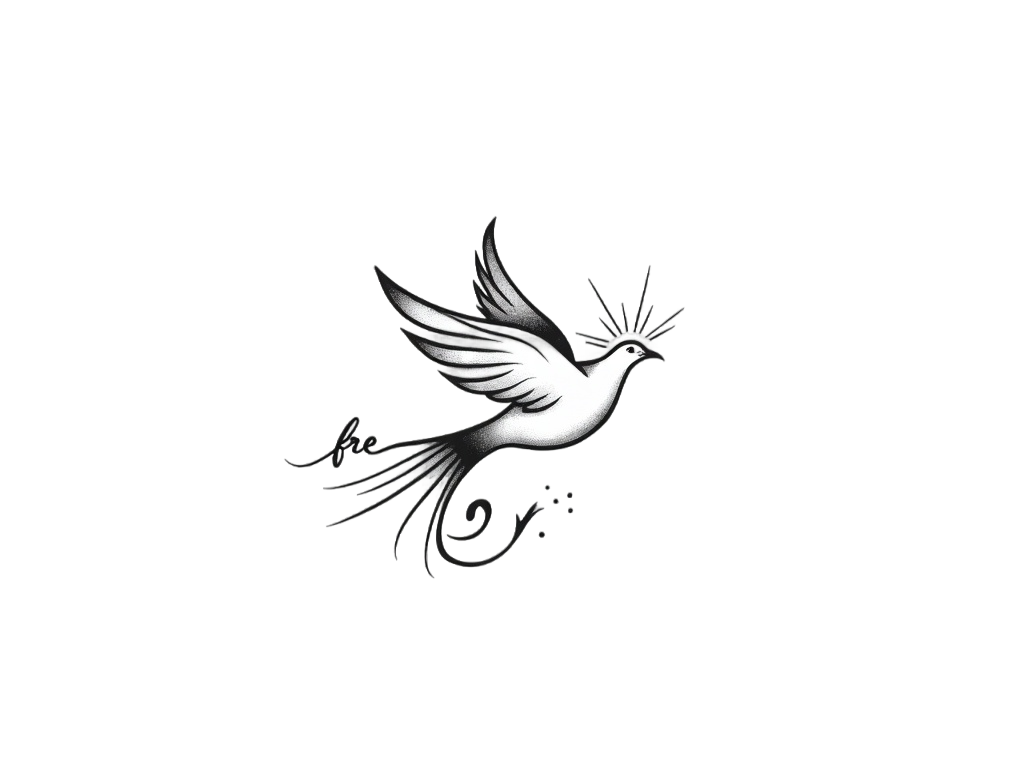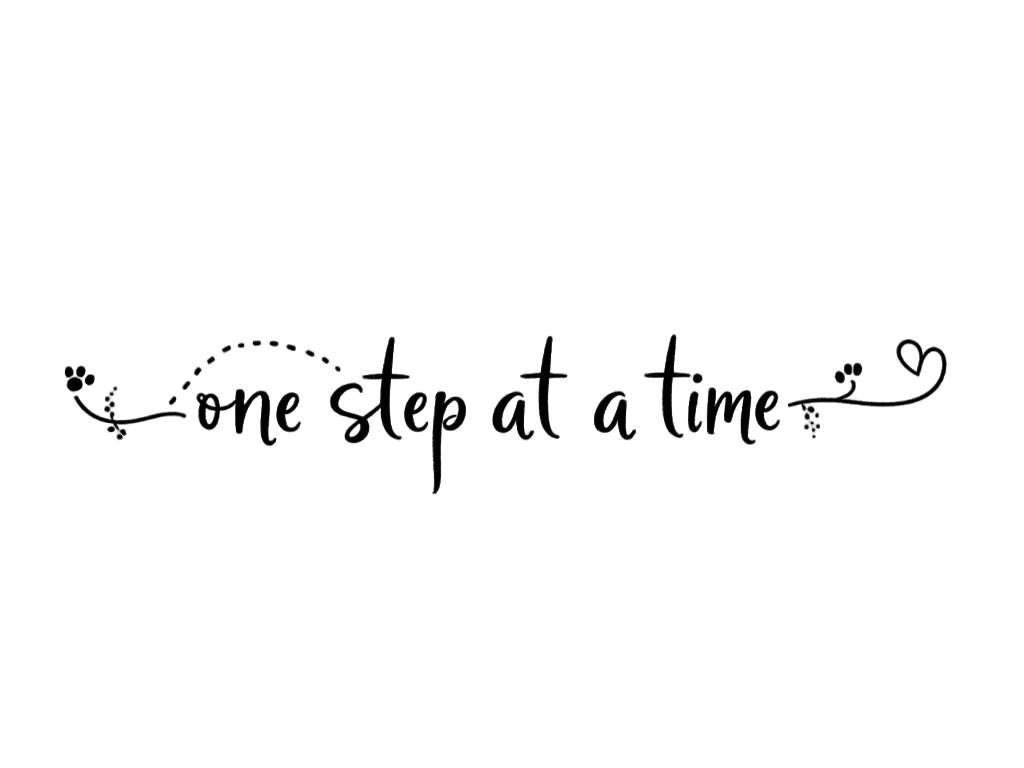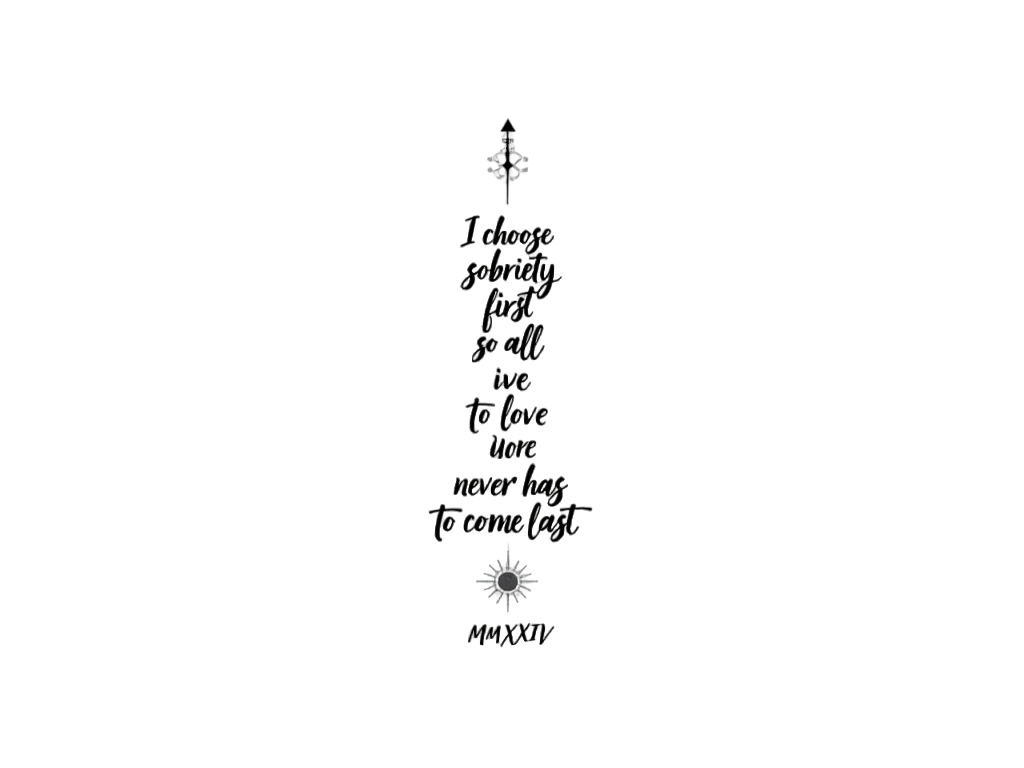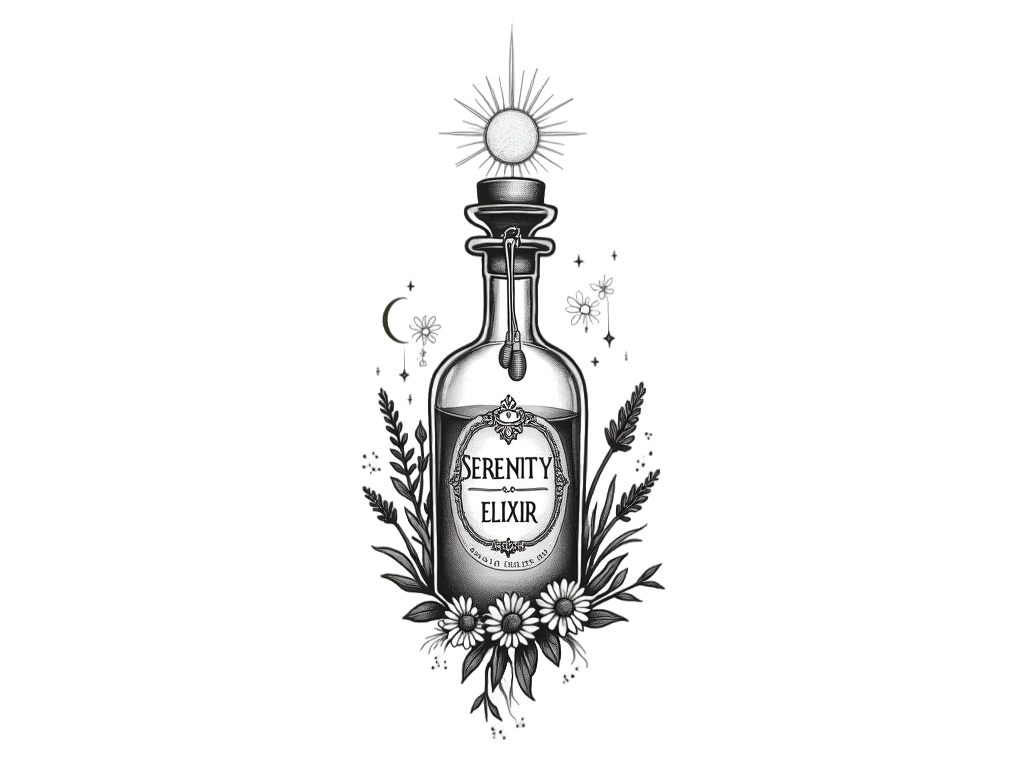Addiction recovery Tattoo Ideas, Designs and Meaning
Meaning of Addiction recovery Tattoos
- Addiction recovery tattoos symbolize personal triumph over addiction and serve as a reminder of one's journey to sobriety.
- These tattoos often incorporate symbols like the semicolon, which represents a pause in life rather than an end, or the phoenix, symbolizing rebirth and renewal.
- The cultural meaning of addiction recovery tattoos is rooted in the broader movement of mental health awareness and the destigmatization of addiction.
- Historically, tattoos have been used as markers of significant life events, and addiction recovery tattoos continue this tradition by marking the milestone of overcoming addiction.
- These tattoos can be deeply personal, often customized to include dates, names, or quotes that hold significance to the individual.
- While not specific to any gender, addiction recovery tattoos are popular among both men and women who have experienced addiction.
- Common body placements for these tattoos include the wrist, forearm, or chest, areas that are easily visible to serve as constant reminders.
- Styles can vary widely, from minimalist designs to elaborate pieces, depending on personal preference and the story the individual wishes to convey.
- Beyond personal significance, these tattoos can also serve as conversation starters, helping to spread awareness and understanding of addiction recovery.
1,869 Tattoo Ideas
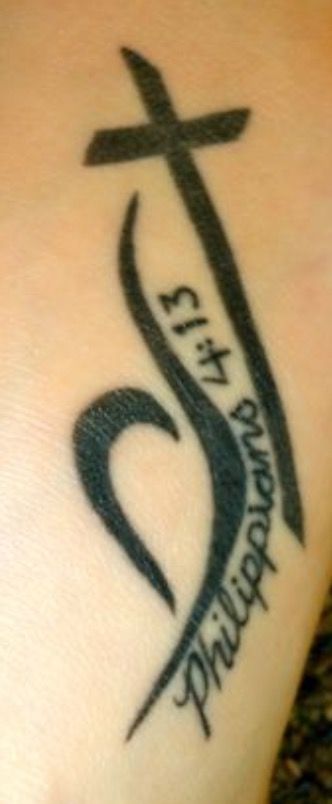

Recovery symbol with cross & Bible verse
Selection from Pinterest


Great quote, and great tattoo! #recovery #quotes
Selection from Pinterest


26 TATTOOOOOOS!!!! ideas | recovery tattoo, tattoos, small tattoos
Selection from Pinterest
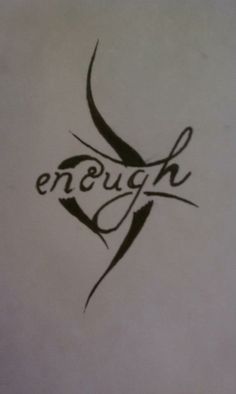

sobriety tattoos
Selection from Pinterest


Addiction Recovery Sobriety
Selection from Pinterest
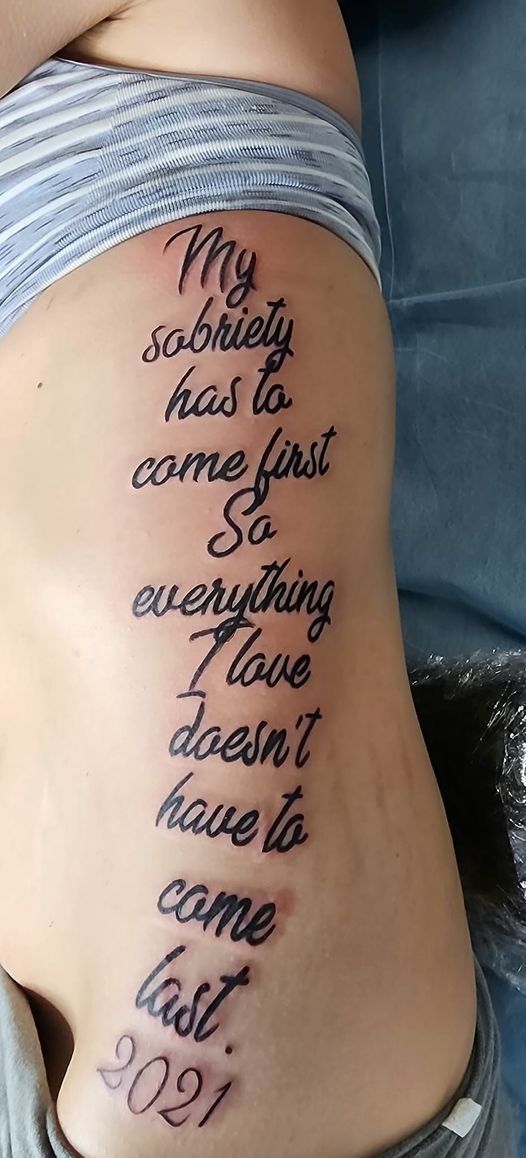

Sobriety Tattoos — Sobertown Podcast | Sobriety Podcast & Inspiring Recovery Stories
Selection from Pinterest


16 Eating recovery tattoos ideas | recovery tattoo, tattoos, symbolic tattoos
Selection from Pinterest


Alcohol Recovery Tattoos
Selection from Pinterest
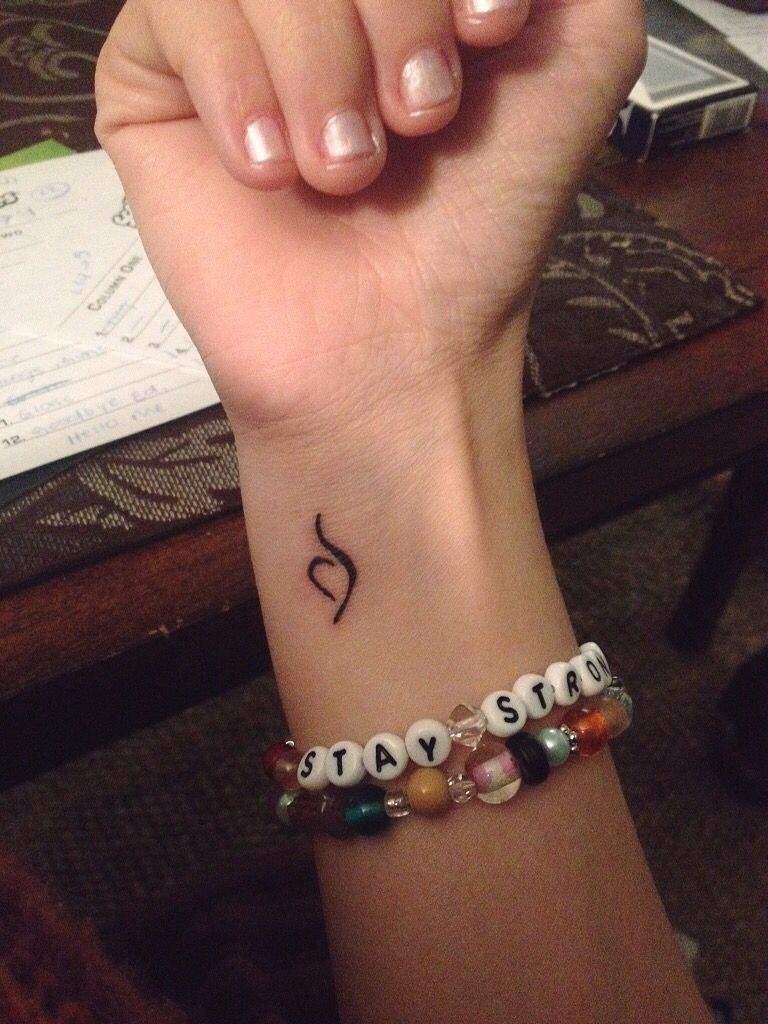

Recovery
Selection from Pinterest
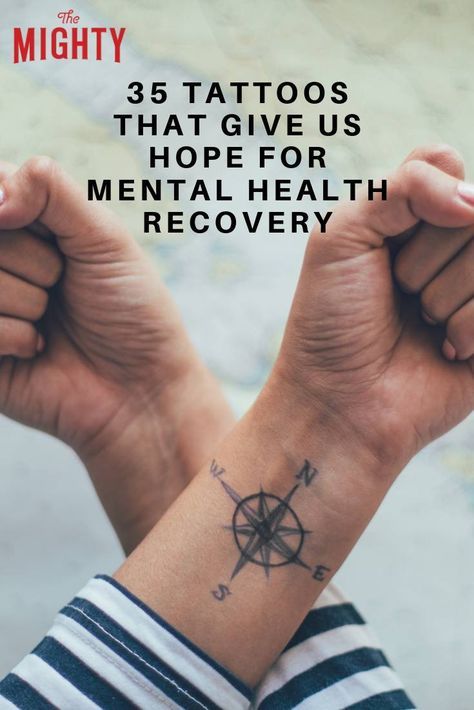

mental health awareness month
Selection from Pinterest
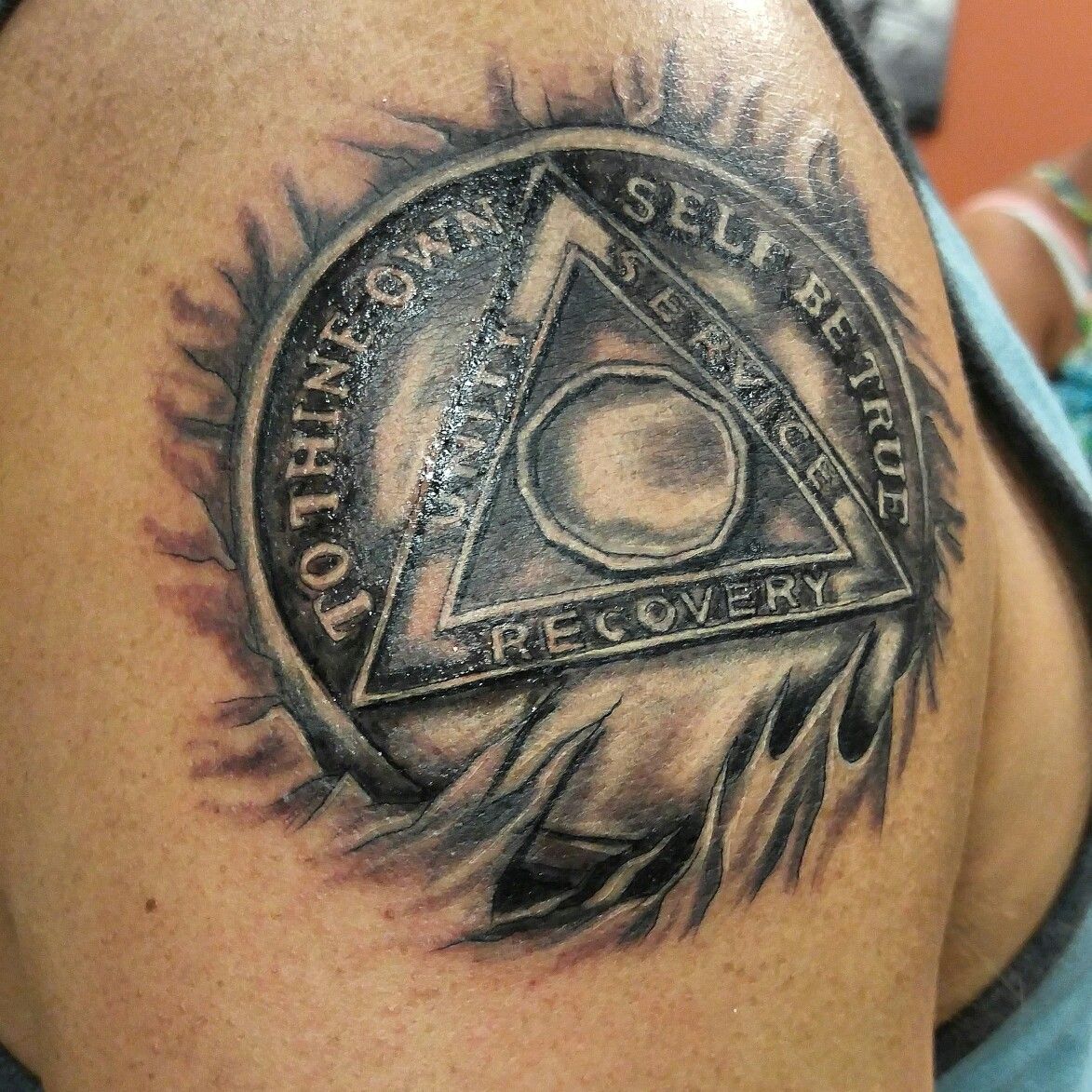

100+ Sobriety Tattoo Ideas to Mark Your Sober Journey
Selection from Pinterest
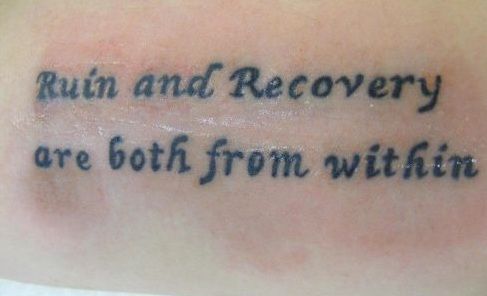

Tattoo Ideas: Quotes on Addiction, Sobriety, Recovery
Selection from Pinterest
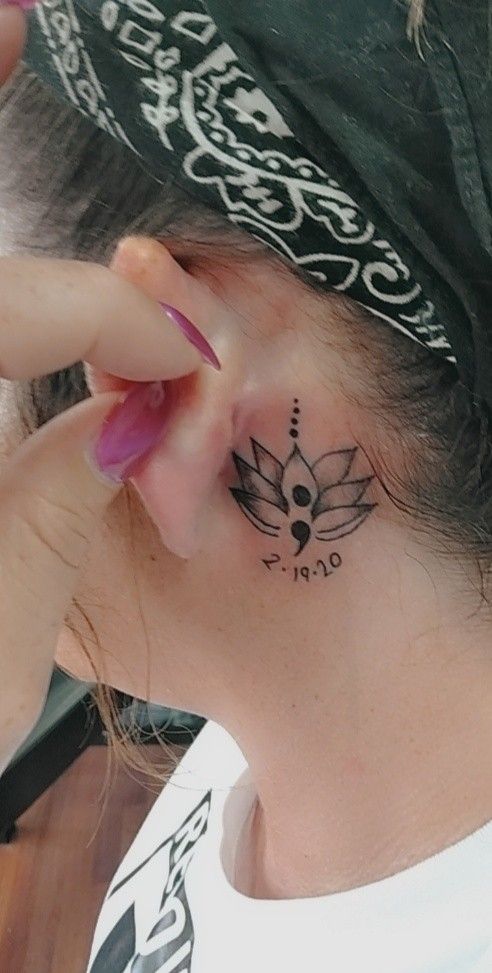

Small tattoo
Selection from Pinterest
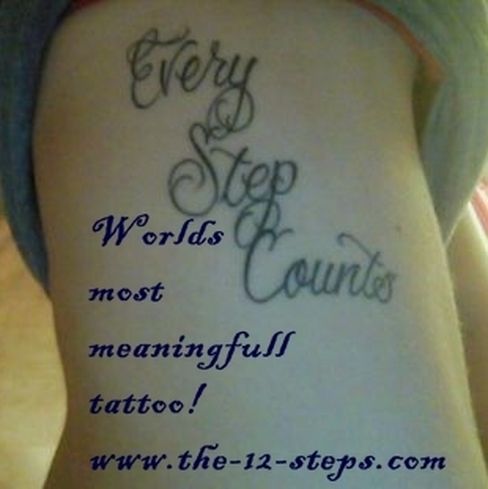

Recovery Tattoos
Selection from Pinterest
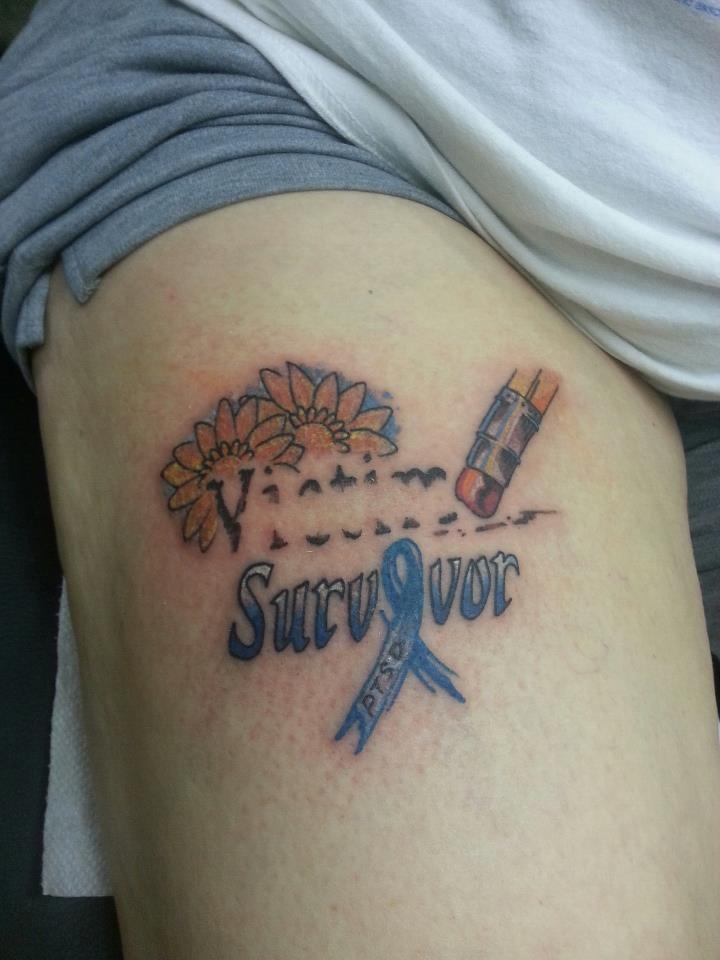

This Tattoo is a tribute to my healing process over the last few years. It's covering the taser scar on my thigh. It is a twist on a tattoo I found online.
Selection from Pinterest


Pin on Beauty
Selection from Pinterest


A reminder for all those still sick and suffering....
Selection from Pinterest


Clean n sober
Selection from Pinterest
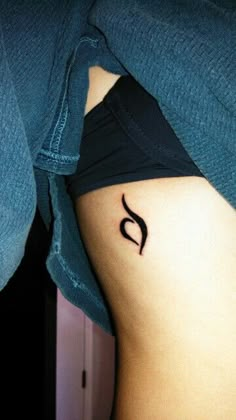

15 Tattoo ideas | recovery tattoo, tattoos, tattoos and piercings
Selection from Pinterest
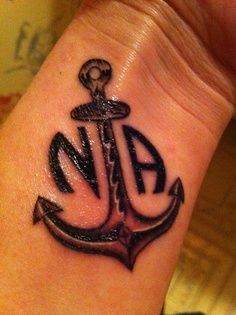

Na Tattoos Recovery
Selection from Pinterest
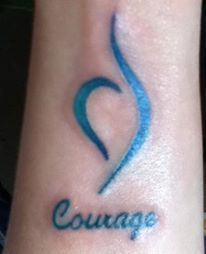

symbol meanings of overcoming addiction
Selection from Pinterest


Small Recovery Tattoos
Selection from Pinterest
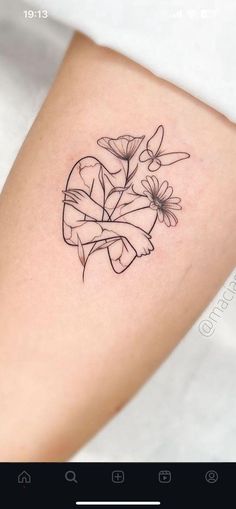

Tattoo Ideas Female Recovery
Selection from Pinterest
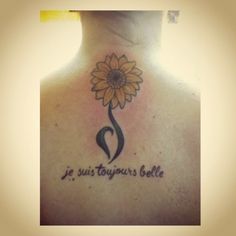

28 Tattoos NEDA Inspired ideas | tattoos, recovery tattoo, tattoo designs
Selection from Pinterest
One App to Store All Your Tattoo Ideas
Store your tattoo ideas in one place and Virtual Try-On them on your body!

Avoid Regrets with 3D Virtual Try-On!
Do a 3D Virtual Try-On to see how your tattoo design looks like on your body before you get it tattooed. Powered by Tatship's AI and 3D technology.



Cultural Considerations and Taboos for Addiction recovery Tattoos
While addiction recovery tattoos are generally seen as positive and empowering, there are some cultural sensitivities to be aware of. In some conservative societies, tattoos may still carry a stigma, and openly displaying a tattoo related to addiction might lead to judgment or misunderstanding. Additionally, using certain religious symbols, such as the cross or the Om symbol, without understanding their cultural significance can be seen as disrespectful. It's important to approach these symbols with sensitivity and respect for their origins.
Popular Tattoo Styles and Variations for Addiction recovery Tattoos
Popular styles for addiction recovery tattoos include minimalist designs, which focus on simple yet powerful symbols like the semicolon or a small lotus flower. Watercolor tattoos are also favored for their vibrant and expressive nature, often used to depict phoenixes or abstract representations of personal growth. Script tattoos featuring motivational quotes or significant dates are common, providing a personal touch. Realism can be employed for detailed depictions of symbolic imagery, while traditional styles might incorporate bold lines and classic motifs.
Historical Origins and Evolution of Addiction recovery Tattoos
The concept of using tattoos as a form of personal expression and transformation has ancient roots. Historically, tattoos have been used to signify rites of passage, personal achievements, and spiritual journeys. In the context of addiction recovery, the practice of marking one's body to signify a new chapter in life is a modern adaptation of these ancient traditions. The semicolon tattoo, in particular, gained popularity through the Project Semicolon movement, which began in 2013 to raise awareness about mental health and suicide prevention.
